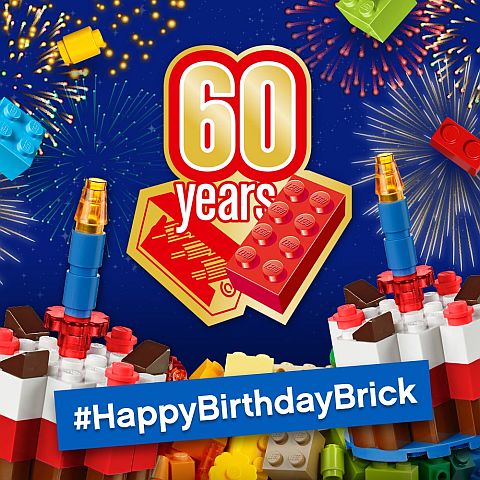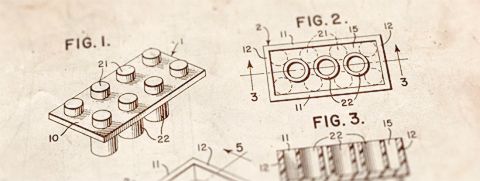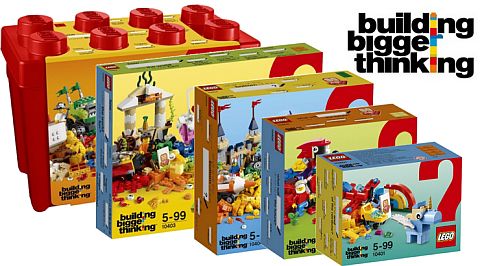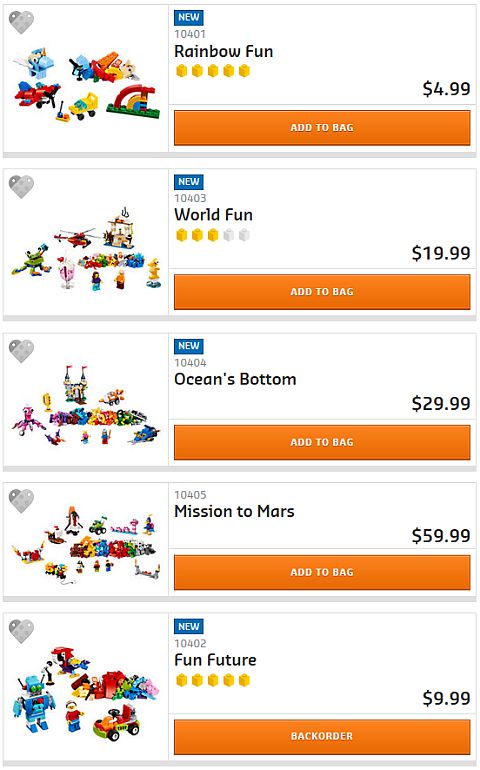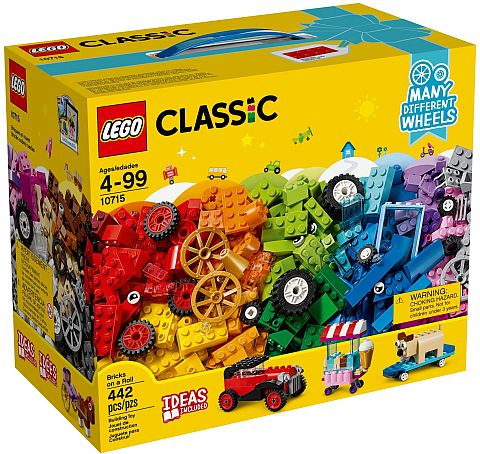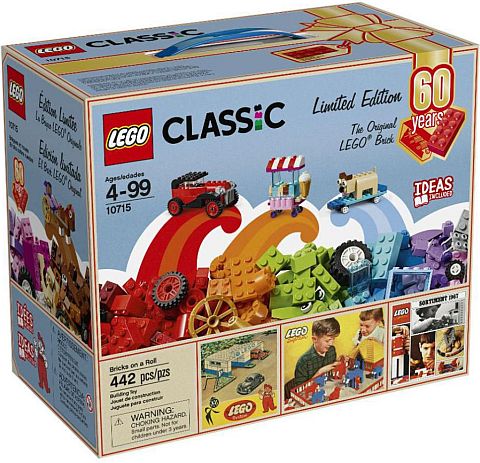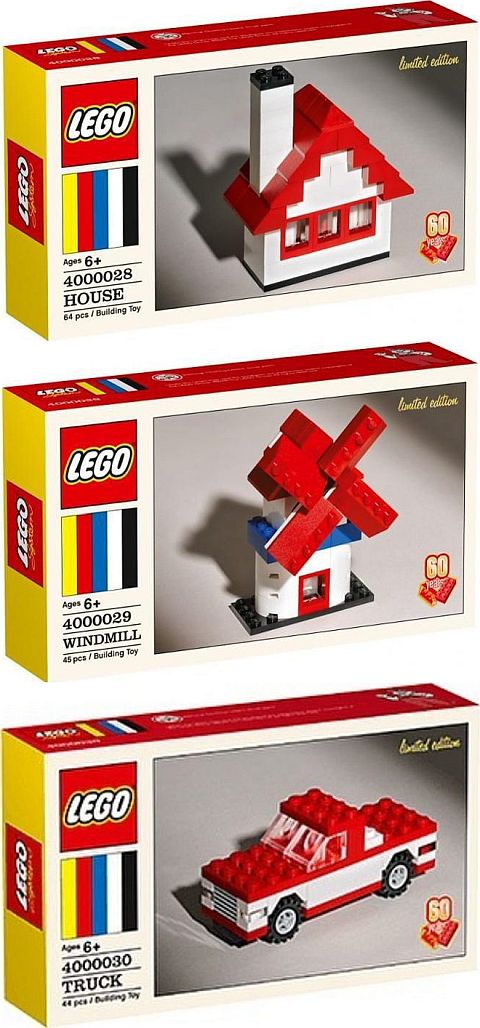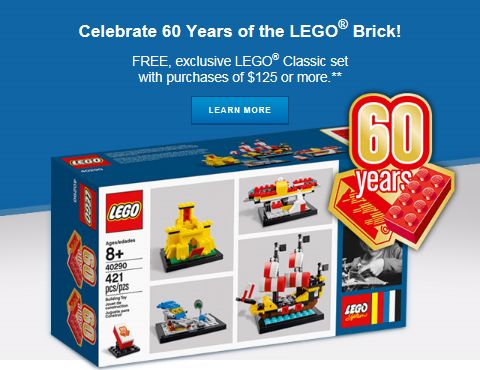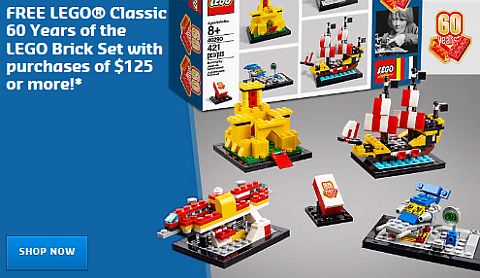January-February is usually very exciting for LEGO fans; we get the first large wave of new sets, and we also get a chance to see sets coming out later in the year through the various toy fairs. Traditionally, LEGO participates in three major toy fairs; the London Toy Fair at the second part of January, the Nuremberg Toy Fair about a week later, and the New York Toy Fair towards the end of February. There has been a lot of changes this year as far as LEGO’s participation at the toy fairs, so I thought it would be a good idea to discuss them. 🙂

The London Toy Fair took place January 23-25 this year. In the past, LEGO did not allow pictures or videos to be taken, so this event was always a bit weak on news. But still, those who participated could at least give us a verbal description on what they saw at the LEGO booth. This year, LEGO choose not to participate at the event at all, which came as a great surprise to LEGO fans. Interestingly, some LEGO imitators and even intellectual property violators showcased their products.
The German Toy Fair in Nuremberg was held January 31st to February 4th this year. LEGO did participate at this event, although how much could be shared by those who visited the LEGO booth was limited. However, we did learn some interesting news via the channels of Zusammengebout and PromoBricks. Below, I will summarize some of the information they gathered, so we can discuss, and you can also visit their websites directly for more info.
Under the LEGO Architecture line, we will get two new sets, the #21041 LEGO Architecture Great Wall of China, and the #21042 LEGO Architecture Statue of Liberty. Also, the #21038 LEGO Architecture Las Vegas set that has been already delayed due to recent tragic events, will be delayed further, and even redesigned to remove and replace the Mandalay Bay Hotel.
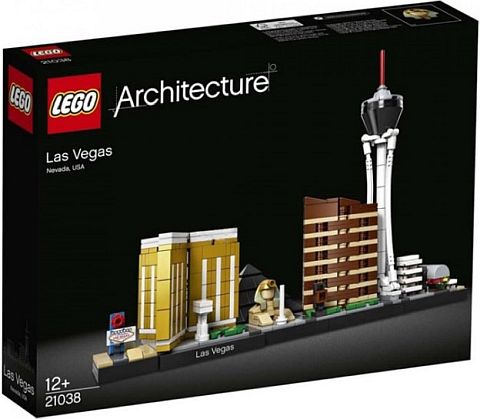
The LEGO BrickHeadz collection will continue this year with further sets from licensed properties. In addition, there is also going to be a set with generic BrickHeadz pieces that you can use to build a BrickHeadz replica of real people, including yourself. The #41597 LEGO BrickHeadz Go Brick Me set will be available later this year.
LEGO City will introduce an update to the LEGO Power Function system with two new LEGO City trains. The trains themselves are pretty much re-colors of previous trains, but what is really interesting is the new LEGO Power Function elements. It is not clear yet how the trains will be operated, or how the new components will fit with the current LEGO Power Function system, but it appears that bluetooth connection and app control are involved.
The #31084 LEGO Creator Pirates’ Rollercoaster 3-in-1 we briefly discussed before will include a full track of the new rollercoaster elements that were introduced with the #70922 LEGO Batman Movie Joker Manor last year. This is going to be a great set to try out the new rollercoaster system in a non-licensed set and for a cheaper price.
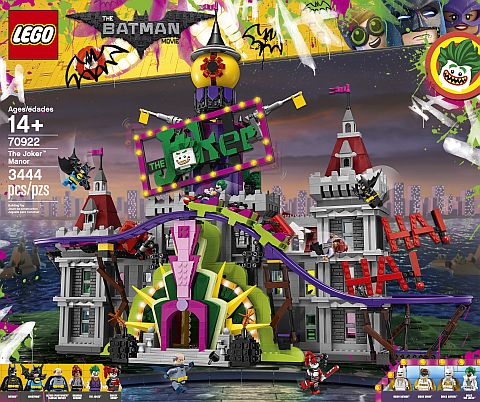
Under the LEGO Friends line, we will get the #41347 LEGO Friends Heartlake City Resort, a pretty big set with an elevated rail.
The LEGO Jurassic World theme is coming back, with a number of new sets related to the upcoming Jurassic World; Fallen Kingdom film. This includes the #75928 LEGO Jurassic World Blue’s Helicopter Pursuit, the #10758 LEGO Jurassic World T. Rex Breakout (this is a set under the LEGO Juniors collection), and even LEGO DUPLO gets a Jurassic World set with the #10880 LEGO DUPLO T. Rex Tower.

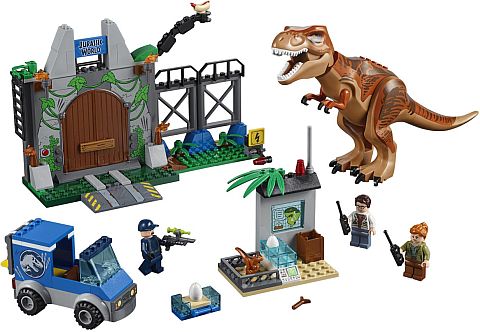
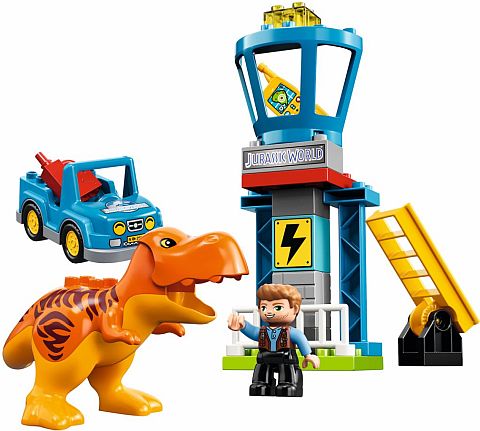
The #70657 LEGO Ninjago Movie Ninjago City Port is going to be compatible with the already available #70620 LEGO Ninjago Movie Ninjago City set. This is very exciting news for those who love the intricately detailed Ninjago City, built very much in the style of the LEGO Creator Modular Buildings line. I’m also guessing that the #70618 LEGO Ninjago Movie Destiny’s Bounty is going to be a good match as well.
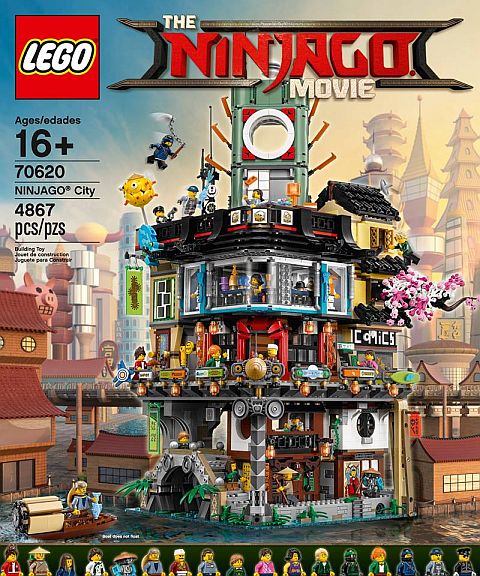
LEGO Nexo Knights is getting discontinued this year, so we won’t be getting any more new sets. We can also expect that previous sets will be on sale, so if you liked the series and you would like to get some of the sets, keep an eye on discounts at various retailers and from the Online LEGO Shop.
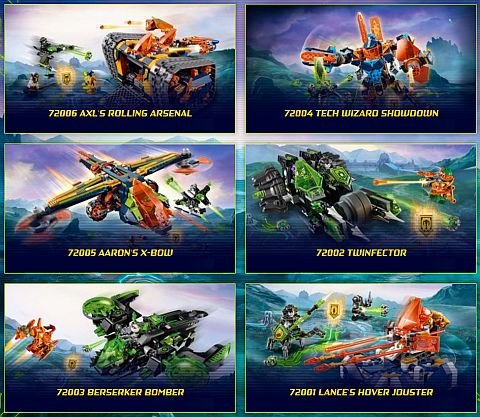
LEGO seems to favor revealing LEGO Technic sets at the toy fairs. This year, we are going to get the #42080 LEGO Technic Forest Harvester, the #42081 LEGO Technic Volvo Autonomous Loader, the #42082 LEGO Technic Rough Terrain Crane (which is reported to become the largest LEGO Technic set to date with over 4,000 pieces – that’s even larger than the enormous #42055 LEGO Technic Bucket Wheel Excavator released in 2016!), and the #42083 LEGO Technic Bugatti Chiron (another huge set with close to 4,000 pieces!). There are no pictures of these sets yet, but LEGO did release a teaser-video of the Bugatti (watch below).
Unikitty already got her own animated show on Cartoon Network, and we will be getting a series of collectible Unikitty figures in blind bags later this summer. In addition, there are also going to be five regular sets.

The New York Toy Fair will take place February 17-20 this year. During this event, LEGO is usually less restrictive about pictures and videos, and we usually get some great info about sets released later in the year. However, this year LEGO already stated they will not display any products launching in the second half of the year. This is another great disappointment for LEGO fans who were looking forward to plan their LEGO budget based on any new information.
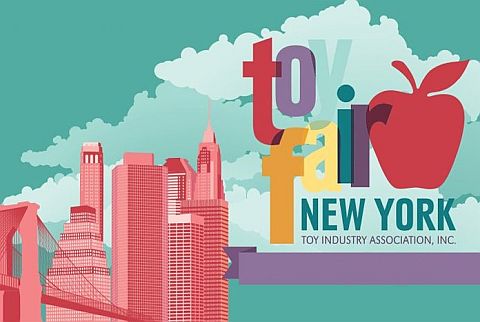
While it is unlikely we will get any details on these from the toy fairs, I would add here a couple of other notable themes that we can look forward to this year. There will be at least five sets coming at the end of April related to upcoming Solo: A Star Wars Story film. And there will also be at least five sets in the resurrected LEGO Harry Potter line; three for Harry Potter, and two for Fantastic Beasts. And we will also get a collection of LEGO Harry Potter Collectible Minifigures.
And that rounds up what we know from the toy fairs so far. It’s disappointing that LEGO significantly reduced its presence and the type of information they release, but these shows are mostly for large toy retailers and not for hobbyist or the general media. So, we will just have to wait patiently for further details and pictures on the upcoming releases.
What do you think about the information released at the toy fairs so far? Which LEGO set or theme are you looking forward to the most? Is there any other interesting information that you found about the upcoming sets? Feel free to share your thought and discuss in the comment section below! 😉
And you might also like to check out the following related posts:


